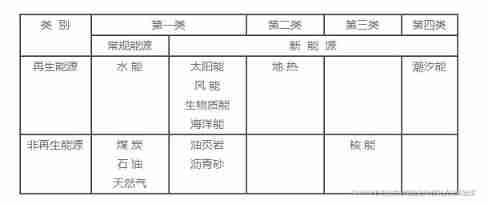kaptcha It's an extension from simplecaptcha Verification code library , It is convenient for us to stop writing such functions .
His code is hosted by Google , You can download... From here http://code.google.com/p/kaptcha/
Examples have been attached to the project , It can be used by developers .
The operation required is to kaptcha-2.3.2.jar Added to the project , Then configure the Servlet:
The configuration in the example is :
<servlet-mapping> <servlet-name>Kaptcha</servlet-name> <url-pattern>/Kaptcha.jpg</url-pattern></servlet-mapping>
That is to say, visit Kaptcha.jpg In fact, I accessed the output verification code image Servlet.
In the example KaptchaExample.jsp Is the call page , Here is how to verify whether the user input conforms to the verification code .
But there is no operation of how to refresh , Refreshing is actually very simple , Here you can modify it slightly .
Be careful , Random parameters must be added , Otherwise, reading the cache will not be effective .
<%@ page language="java" import="java.util.*" pageEncoding="UTF-8"%><%String path = request.getContextPath();String basePath = request.getScheme()+"://"+request.getServerName()+":"+request.getServerPort()+path+"/";%><html> <head> <meta http-equiv="Content-Type" content="text/html; charset=UTF-8"> <title>Kaptcha Example</title> <script type="text/javascript"> function refImg(){ document.getElementById("Kaptcha").src="<%=basePath%>Kaptcha.jpg?data="+Math.random(); } </script> </head> <body> <table> <tr> <td><img id="Kaptcha" src="<%=basePath%>Kaptcha.jpg" onclick="refImg()"></td> <td valign="top"> <form method="POST"> <br>sec code:<input type="text" name="kaptchafield"><br /> <input type="submit" name="submit"> </form> </td> </tr> </table> <br /> <% String c = (String)session.getAttribute(com.google.code.kaptcha.Constants.KAPTCHA_SESSION_KEY); String parm = (String) request.getParameter("kaptchafield"); out.println("Parameter: " + parm + " ? Session Key: " + c + " : "); if (c != null && parm != null) { if (c.equals(parm)) { out.println("<b>true</b>"); } else { out.println("<b>false</b>"); } } %> </body></html> In addition, the absolute path is used after modification , We should pay attention to this problem in actual development .
As an example, the kaptcha-2.3.2, See the attachment .
Click download attachment
I recommend you to read more about “ Google servlet Open source Verification Code kaptcha ” The article
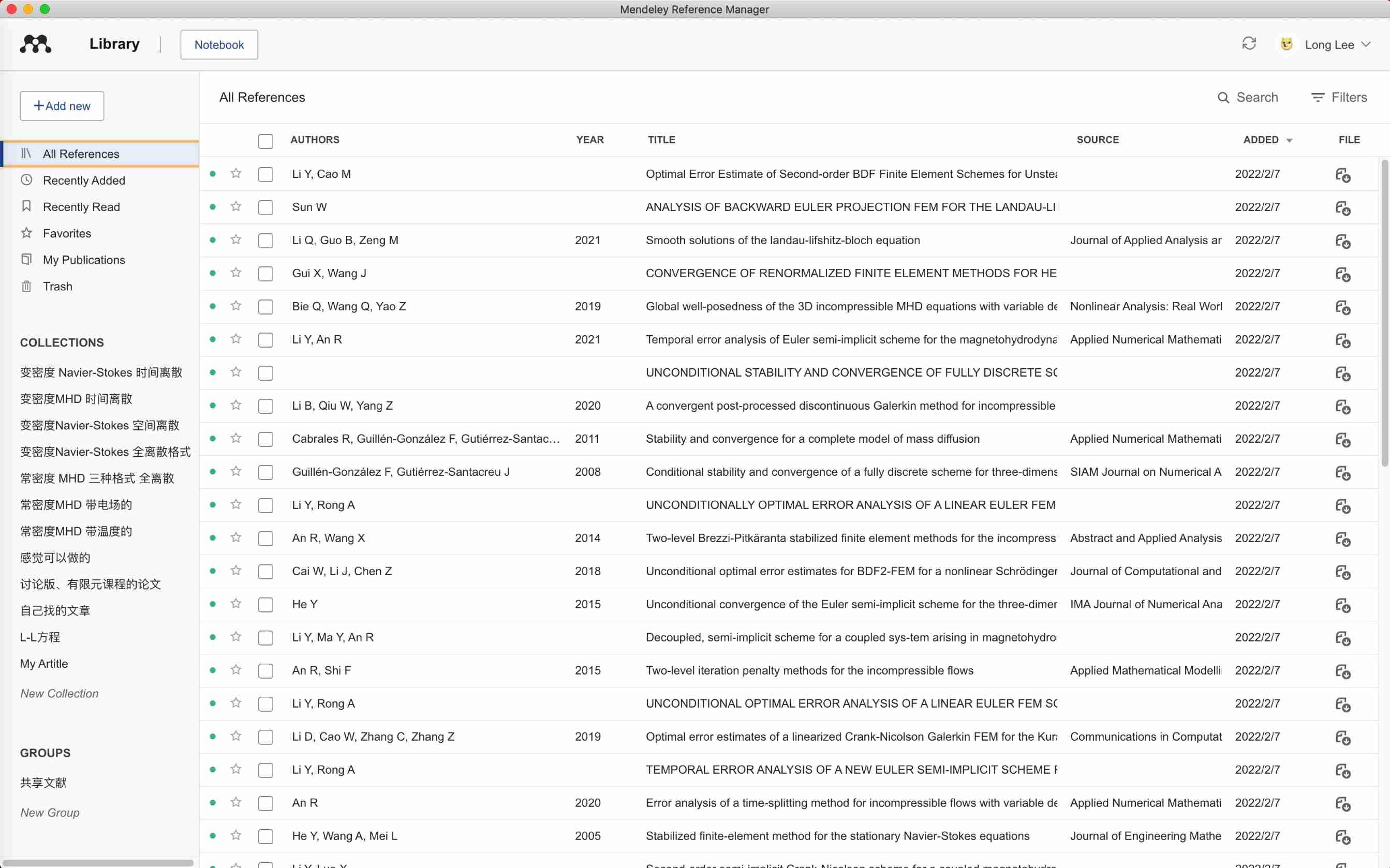
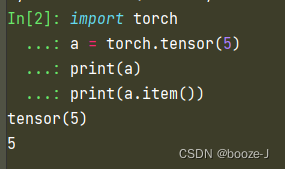

![[go record] start go language from scratch -- make an oscilloscope with go language (I) go language foundation](/img/76/b048e100d2c964ac00bc4f64e97e7a.png)
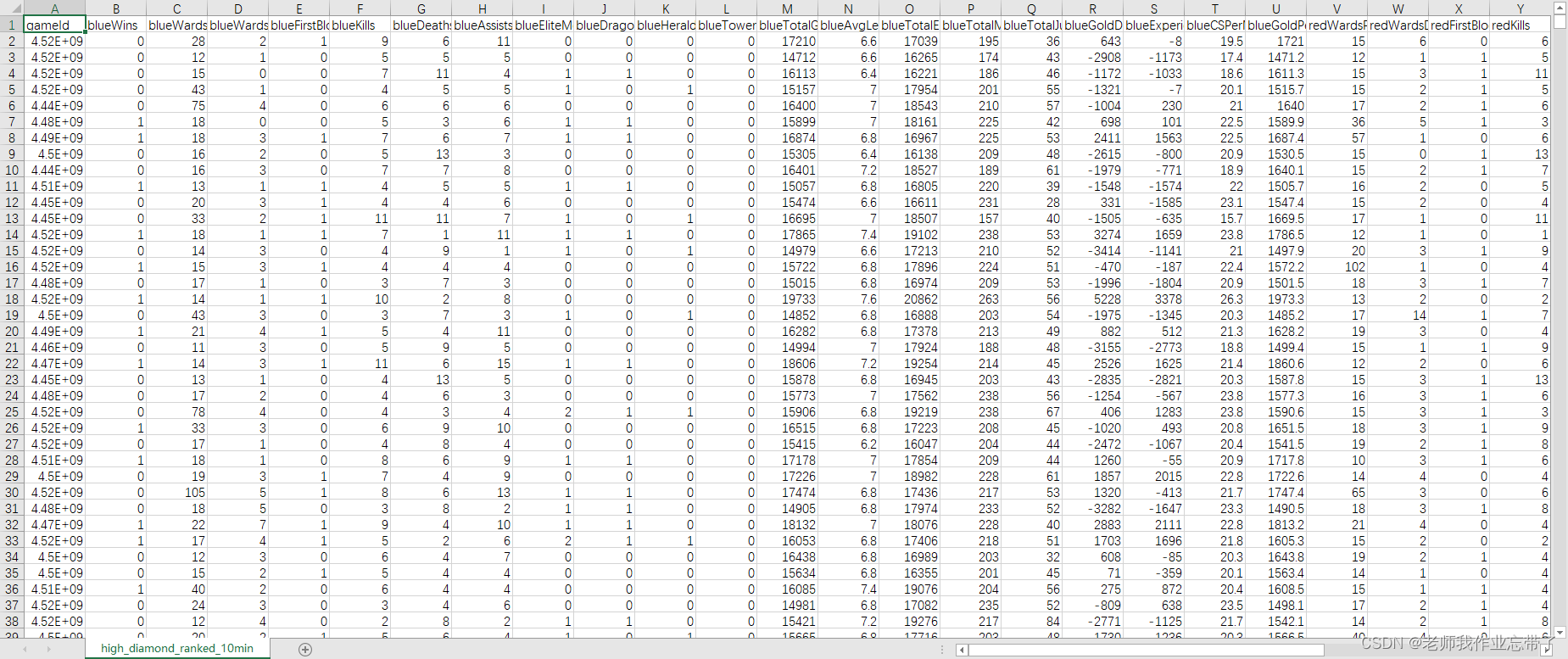
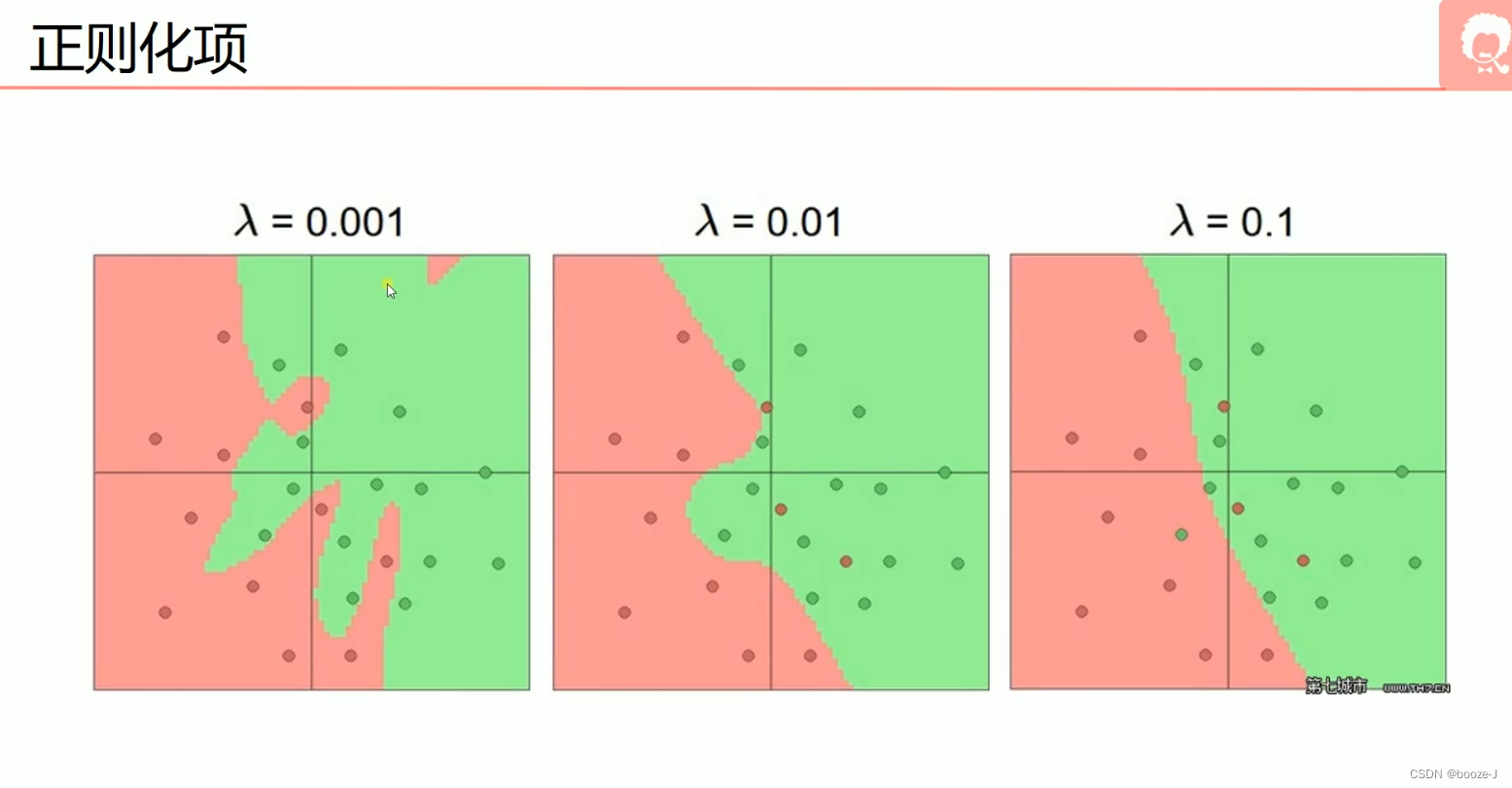
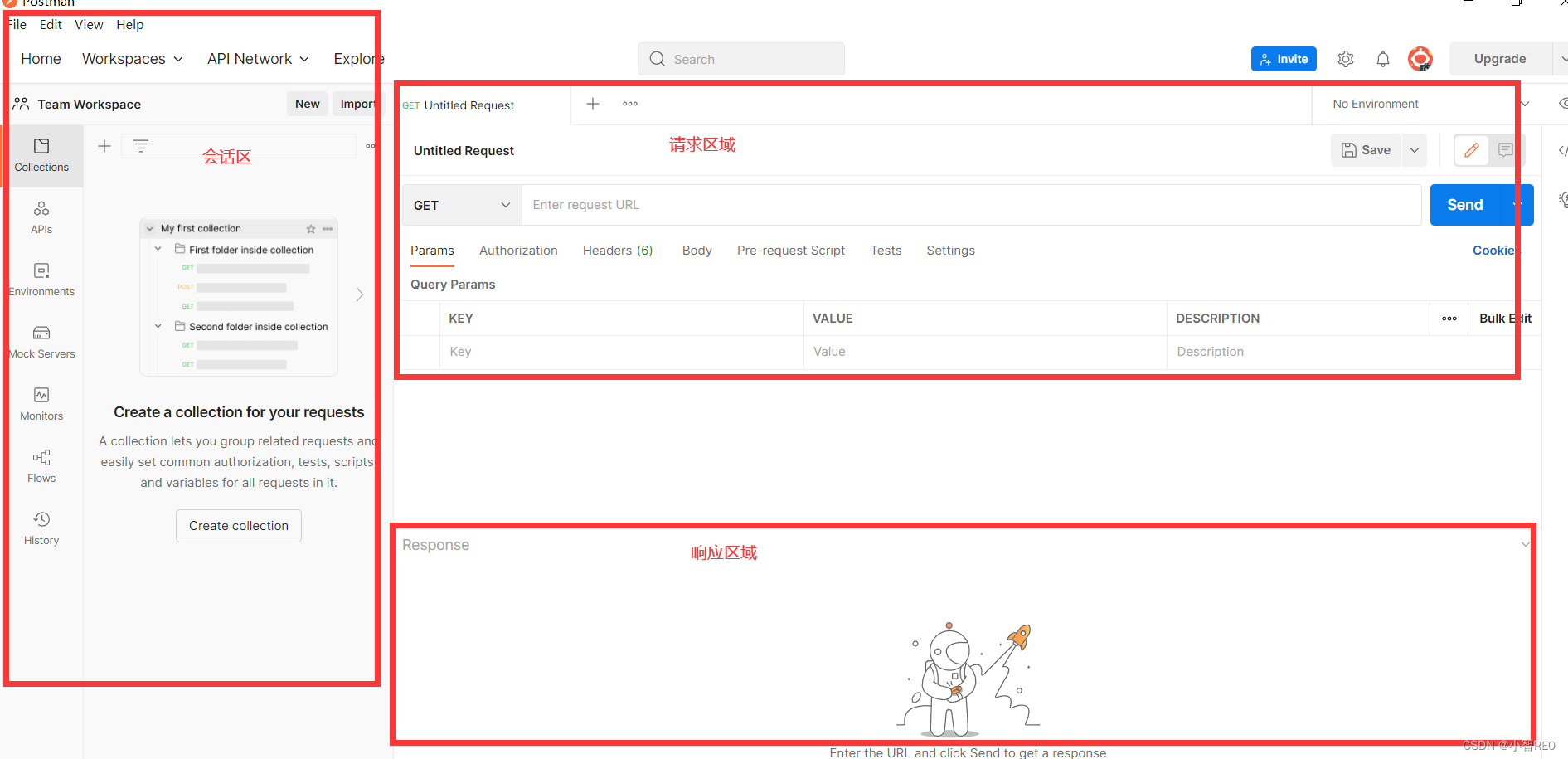
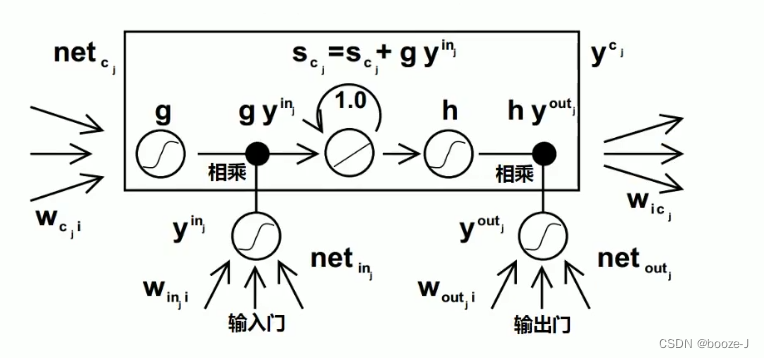
![[deep learning] AI one click to change the sky](/img/74/f2e854b9f24129bcd9376733c2369f.png)
